Adoption is a word that brings up feelings, thoughts, emotions and opinions that may differ from your best friend, a family member, or even your parents. Our life experiences shape our perceptions of this growing trend. Exploring this topic can be enlightening and exciting.
As we nagivate through this complex topic of discussion, let's review a few of the many ways that adoption can present itself:
- international adoption
- domestic infant adoption
- foster care adoptions
- kinship care and adoption and adult adoption
International
Most people are familiar with international adoption, where applications are placed with agencies for overseas adoption of children of all ages. Waiting lists, red tape, bureaucracy, orphanages, trips to visit the prospective child, and costs all accompany this process. In 2011, international adoptions decreased when adoptions became more restrictive. In 2019, there were about 2,900 intercountry adoptions, with about 1622 total during the Pandemic according to the US Department of State Bureau of Consular Affairs. Domestic adoptions are becoming more common with the above restrictions, and encompass the other noted forms mentioned above.
Domestic
Approximately 135,000 children are adopted yearly within the US per the Adoption Network. Individuals or couples can seek out an adoption agency that correlates with their belief systems, values, success rates, and needs. These private agencies work to match prospective parents with a mother placing her child for adoption. We see them all the time... success stories… and those of last-minute heartbreak circulating amongst friends, families, and social media.
Sometimes a couple will have their dreams dashed in an instant when a mother that just gave birth decides the bond with their newborn is too great, and she chooses to raise her precious child in lieu of adoption. The powerful connection between a mother and a child is a beautiful thing, but can often leave a prospective couple left to grieve at the loss.
Open adoptions, where the birth mom is able to have agreed upon contact with her child and the adoptive parents, is becoming more common. This option can allow the birth parents peace and comfort through still having a connection and knowing their baby is in a safe and loving home. Most of us view private U.S. adoptions to be the bulk of these numbers but stepparent, foster care, and kinship adoptions make up the vast majority.
Kinship
On any given day, Job and Family Services, Child Protective Services, and state statistics will report 400-500,000 children are in foster care or kinship care in the United States. Kinship care is when someone agrees to take in children, often biologically related, and provide temporary care while the parent(s) work on a plan to be reunited with the child(ren). A close family friend can also provide this care if approved by the court or protective agency.
Foster
Foster children are those who are placed in a foster home approved, educated, and monitored (monthly or weekly depending on the age of the child). While laws may vary slightly by each state, most children must reside in that home for a minimum of 6 months before being considered eligible for adoption. When a child is first removed from their home for whatever reason, and placed in temporary foster care, the plan is always to reunite that child with their family (some extreme circumstances can negate this case). Foster parents work with the state or county agency to facilitate this process. Children often remain in foster care for 2 to 5 years while parents work on their case plan to position themselves to bring their child back into a safe, loving, and stable environment. Cases can be extended to favor the parents; to have more time to work on the plan depending on the judicial system’s discretion. As a general rule, courts attempt to make a decision between 18-24 months. Once this occurs, Child Protection Services seek out a foster or adoptive home; many foster parents are also adoptive parent and may seek to adopt. Some parents are foster only and would need more classes to change their licensing to foster-to-adopt if they wish to. Adoption through foster care does have some benefits over other forms of adoption.
If a family has fostered a child for 6 or more months, they have had a chance to see how that child has embraced the family and its values and acclimated to a new environment. There can be both disappointment and joy that comes from having 2 sets of parents and family ties, bouncing back and forth between homes for visits, and conflicting teachings from both sets of parents; but through all of this, new bonds are formed and adoption becomes an option. Most foster care adoptions are relatively cheaper as opposed to other routes of adoption. Some states and counties offer reimbursement of a portion of the lawyer costs.
Adult
And last, but not least, adult adoption has become a growing trend. Children who have turned 18 or older can be adopted by an older adult. This can occur in cases of children who were in care of their foster parents’ care, stepparents, kinship care, or cases of an adult with developmental needs. It can also be by a friend of the family wanting to simply become a mentor to that adult.
Wrap Up
The rules and regulations associated with adoption can change from one day to the next. For the most current and up-to-date information please contact your county’s Children Service Board, Job and Family Services, local adoption agency, or a trusted caseworker to guide you in the direction of where to begin. You can easily do research before committing to anything. It may cost you a little bit of time, but the research process could end up impacting a child for the rest of their life! For more information on adoption options for yourself or a loved on, please reach out to our trained staff at 918-238-9177 or www.plchealthclinic.org.

